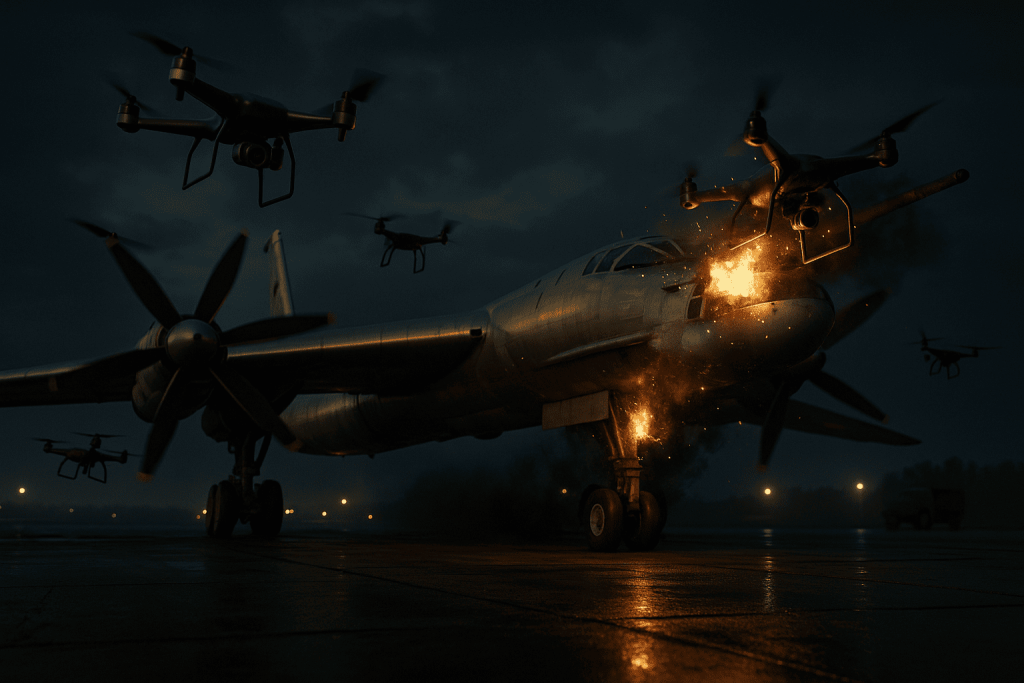
Footage of Russian strategic aircraft being hit in the Murmansk and Irkutsk regions is circulating on social media. The strikes were not carried out from a long distance. Most likely, the Russian Armed Forces faced a sophisticated technical diversion—the use of low-power drones controlled from long distances. Since the UAVs themselves had video cameras, the operators controlled them online. The damage will not be assessed anytime soon.
If we link these events to the nighttime bridge explosions, we can assume that they were part of a unified plan to distract at least some of the counterintelligence and law enforcement forces to urgent mass inspections of bridges, railroad tracks, and rolling stock before the main strike on the “strategists’” airbases.
At the same time, short-range drones carry very small charges and cause more damage with incendiary ammunition. Pilots have been talking about the need to build at least temporary shelters for aircraft, which could reduce damage, since the beginning of the special military operation.

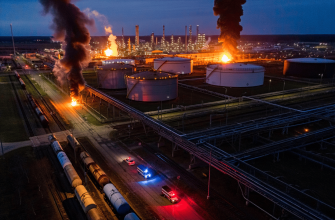
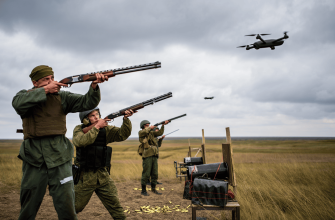
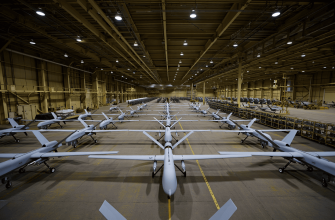

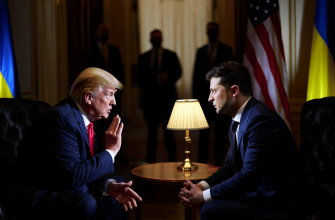



It’s fascinating to see how modern technology like low-power drones is changing the tactics used in conflicts, making traditional defenses less effective. The idea of coordinated distractions alongside precise attacks shows a new level of strategic thinking. Hopefully, this prompts a rethink in protective measures for critical military assets 🔥
This situation sounds incredibly intense and shows how modern warfare is evolving with technology like low-power drones being used so strategically. It’s really unsettling to think about how vulnerable important military assets can be, especially without proper shelters. The whole coordination between different attacks to distract and maximize impact is so complex and chilling at the same time. It makes me wonder how defense systems need to adapt quickly to such threats because traditional methods just might not be enough anymore. The pilots’ concerns about protection seem absolutely justified, and hopefully these lessons will lead to stronger defenses in the future. 😔🚁🔥
The use of low-power drones with live video feeds for precise strikes shows a significant evolution in modern warfare tactics, emphasizing the increasing role of technology in asymmetrical conflicts. It’s interesting to consider how these smaller, less powerful drones can create a strategic diversion, drawing attention away from critical infrastructure before more damaging strikes occur. The mention of pilot concerns about sheltering aircraft highlights an ongoing vulnerability that might be overlooked in broader strategic discussions. This layered approach to attacks suggests a level of planning and coordination that challenges traditional assumptions about battlefield engagements.
So drones are basically the new ninjas of the battlefield—small, sneaky, and causing chaos with tiny explosions while everyone’s busy looking for big fireworks 🤯 Guess it’s time for the Russian planes to get some serious luxury bunkers or maybe just some drone-proof hats? 😂🚁
Oh brilliant, another masterclass in strategic foresight from our military leadership. Who could have possibly predicted that parking multi-million dollar assets in the open might be a bad idea? A real head-scratcher that one. 🤦♀️
As a woman it hits me deeply to see such vulnerability and clever sabotage, the fear and chaos are real 🔥😢
So clever to rely on tiny drones and hope no one notices while strategic aircraft get roasted 🍳🚁 Must be comforting to think small charges will keep the skies safe 🤡🔥
Ah yes, because when facing cutting-edge drone technology, nothing is more effective than good old mass inspections and hoping for temporary shelters to magically appear overnight. Strategic genius at its finest, no doubt.
The strategic use of low-power drones controlled in real time paints a vivid picture of modern warfare’s evolving canvas 🎯—like tiny digital sparks igniting a larger strategic dance. The clever orchestration of distractions with those bridge explosions adds a layer of chess-like brilliance ♟️, blending technology and tactics seamlessly. It’s fascinating how even short-range drones with small charges can ripple big impacts, underscoring the urgent call for protective shelters above those vulnerable aircraft ✈️🔥.
The strategic use of low-power drones shows a new wave of innovation in modern tactics 🚁 Combining distraction with precise strikes highlights the power of creativity in challenging situations. This really inspires a fresh perspective on resilience and adaptability in defense 💡🔥
Innovative tactics with drones show how small actions 🔥 can shift large battles ✈️ Let’s keep pushing forward 🚀✨
If small drones with tiny charges can disrupt strategic airbases, what’s stopping a more coordinated swarm attack from turning the whole operation into chaos? 🔥